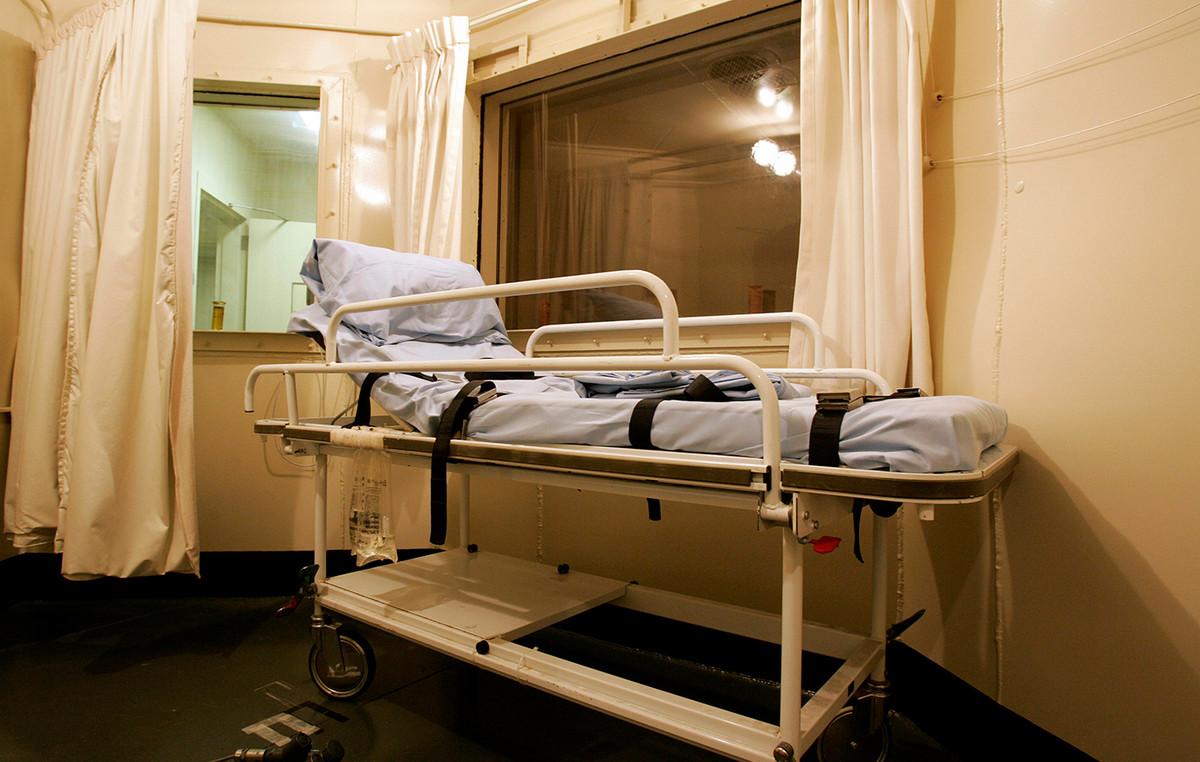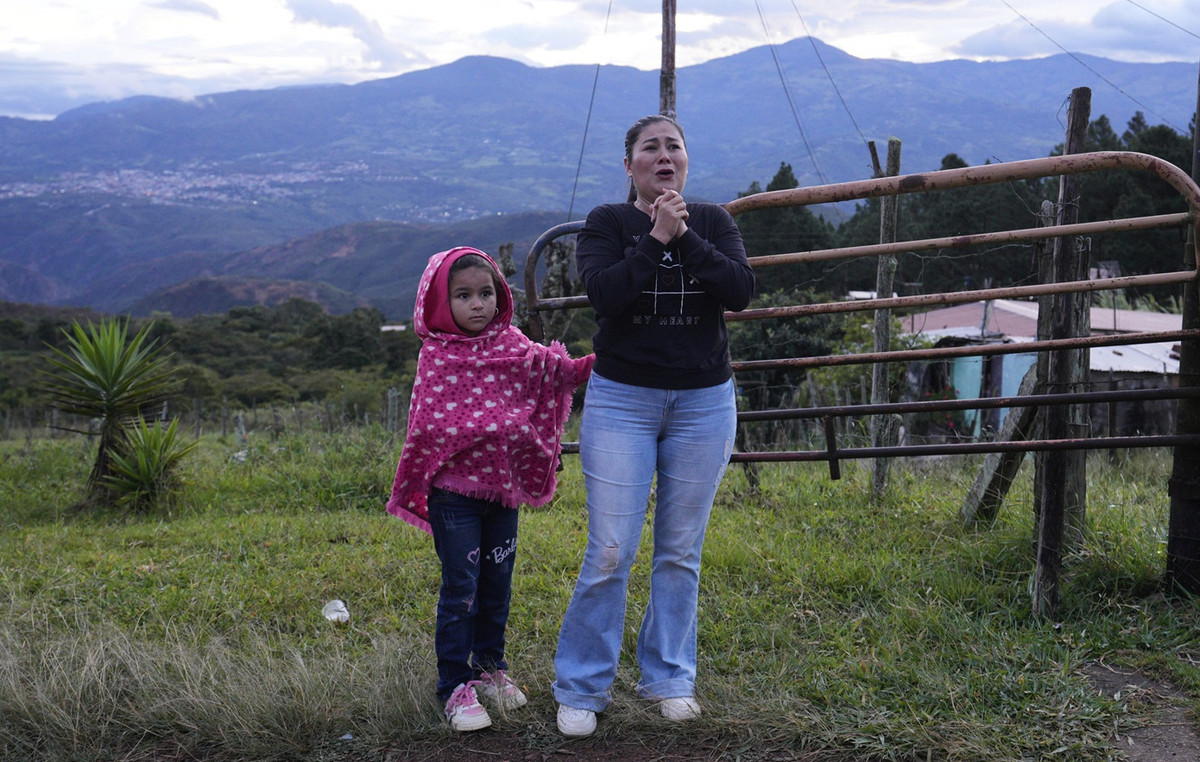Her Eleftherias Kourtali
The recession can not be considered unlikely, as Goldman Sachs points out, with its customers constantly asking what to expect from the shares in the event of such a scenario for the economy. Its economists estimate a 35% chance that the US economy will enter recession in the next two years and believe that the yield curve bodes well for a similar contraction.
Stock market indicators suggest that investors are worried about the risk of a recession. The rotation within the US stock market shows that investors are pricing higher chances of recession compared to the strength of recent financial data.
For example, according to Goldman Sachs, the relative return on circular stocks against defensive stocks fell by 17% since January (-19% vs. -2%). The relative performance of these two has been closely monitoring the level of the ISM index for more than a decade. The ISM is currently at 55, but the relative performance of the rounds against the defenders would mean a level below 50.
Dividend futures also represent a second indicator of the stock market pricing a result that is in line with the recession. The dividend futures market is currently pricing that S&P 500 dividends will fall by almost 5% in 2023. For the past 60 years, S&P 500 dividends have never fallen on an annual basis when the economy was not in recession.
Based on the above, Goldman Sachs examines how the S&P, profitability, valuations, and industries moved in periods of past recessions in order to draw conclusions about what will be born for the markets in case the recession scenario is implemented.
INDEX: In 12 recessions since World War II, the S&P 500 has shrunk from high to low by an average of 24%. A drop of this size from the top of the S&P 500 of almost 4800 units in January 2022 would bring the S&P 500 to around 3650 (11% below current levels). An average drop of 30% would send the S&P 500 to 3360 points (-18% from current levels).
The timing and course of the market. In the same 12 experiences since World War II, the stock market had begun to price a recession on average 7 months before its official start. In all but one case, the sequence of events was the same: The market peaked before the recession and then peaked before the end of the recession.
The recession of 2000 was the only experience that escaped this pattern. In this case, the market continued to decline significantly after the end of the recession, reaching lows at 8 months after the end of the recession and 30 full months after its pre-recession peak.
The “bottom” of the stock market, according to Goldman, has generally been associated with the peak of weekly unemployment applications. Since 1970, the S&P 500 has been at its lowest in the weeks since the peak of its weekly unemployment claims. In most cases, the market declined shortly before unemployment claims peaked.
PROFIT: Since 1948, S&P 500 profits have fallen from the top to the bottom when the economy was in recession by an average of 13%. EPS earnings per share recovered by 17% on average four quarters after the “bottom” of the market.
EVALUATIONS: The S&P 500 P / E has shrunk by an average of 21% between its pre-recession peak and its final low. During the recessions since 1980, the P / E index peaked at 8 months before the onset of a recession and fell by 15% between the pre-recession peak and the beginning of the recession.
BRANCHES: In the 12 months before the recession, the defense industry and “quality” agents generally perform better. In 5 recessions since 1981, energy, basic consumer goods, healthcare and utilities outperformed the index.
Source: Capital
I am Sophia william, author of World Stock Market. I have a degree in journalism from the University of Missouri and I have worked as a reporter for several news websites. I have a passion for writing and informing people about the latest news and events happening in the world. I strive to be accurate and unbiased in my reporting, and I hope to provide readers with valuable information that they can use to make informed decisions.







